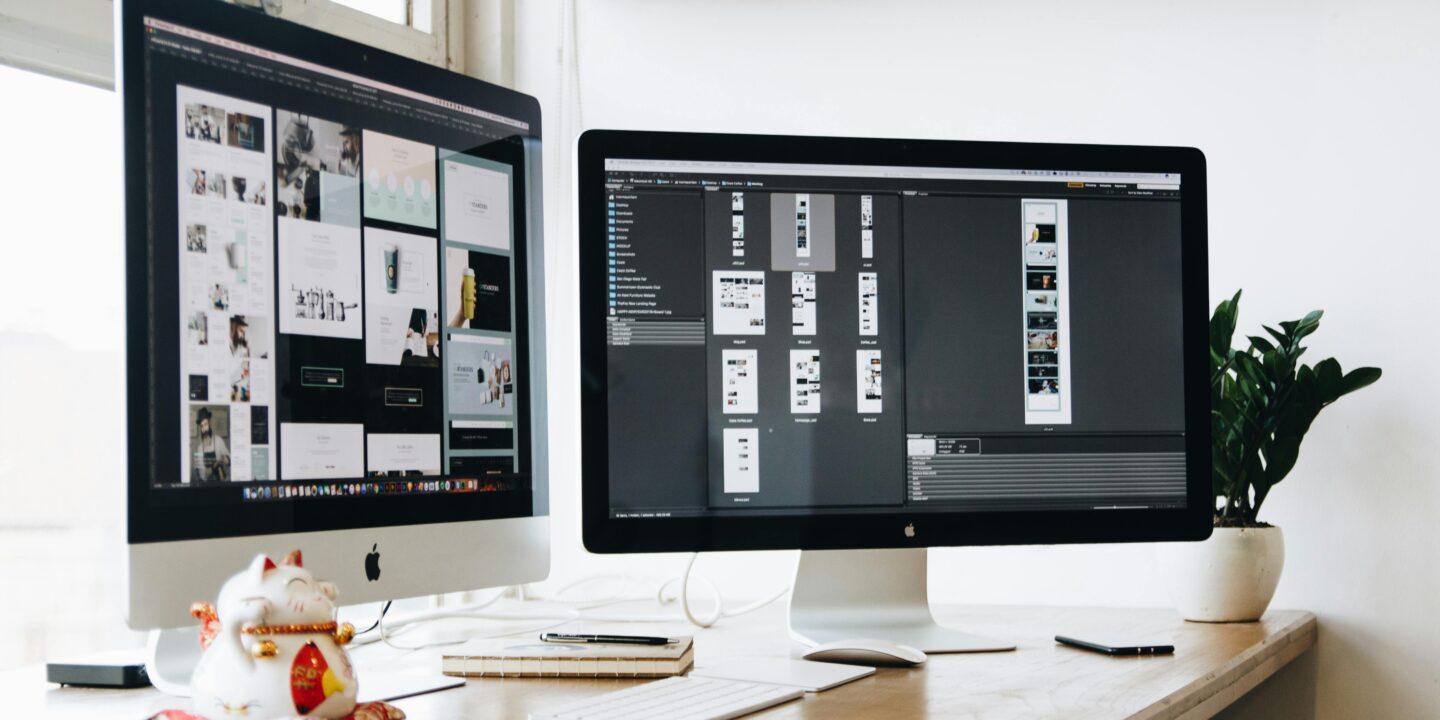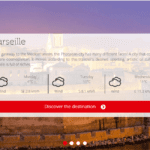
A well-designed logo is essential for building brand identity and recognition. It’s more than just a symbol—it’s the face of a brand. Here’s a step-by-step guide to help you master the art of logo design:
1. Understand the Brand
Before you start sketching, research the brand’s mission, target audience, and values. A good logo should reflect the company’s personality and message. Ask questions like:
- What industry is the brand in?
- Who is the target audience?
- What emotions should the logo evoke?
Example: A luxury brand may require a minimalist, elegant design, while a children’s brand might call for playful, vibrant colors.
2. Research Competitors
Study competitors’ logos to identify trends and avoid similarities. Take note of what works and what doesn’t. Look for gaps you can fill creatively.
Tips:
- Focus on unique shapes and typography.
- Avoid overused symbols and clichés.
- Ensure your logo stands out in the industry.
3. Brainstorm and Sketch
Start with rough sketches on paper. Don’t focus on perfection—explore shapes, symbols, and fonts. Sketch multiple variations and refine the ones that feel most aligned with the brand identity.
Why Sketching Matters:
- Frees creative flow.
- Allows for rapid exploration of ideas.
- Helps identify strong concepts early.
4. Choose Colors and Fonts Carefully
Colors and typography are crucial in defining the logo’s tone.
- Colors: Warm tones like red and orange evoke excitement, while cool tones like blue and green convey calmness and trust.
- Fonts: Serif fonts suggest tradition and authority, while sans-serif fonts create a modern, clean look.
- Contrast: Ensure text and symbols are legible across different platforms.
5. Create the Digital Version
Use design software like Adobe Illustrator or Canva to create a high-quality digital version of your chosen design.
- Start with a vector file to ensure scalability.
- Adjust proportions and symmetry.
- Test different color variations and backgrounds.
6. Test Across Platforms
A logo should look good on all platforms—websites, business cards, social media, and merchandise.
- Test different sizes and resolutions.
- Check both light and dark backgrounds.
- Ensure it’s recognizable even when scaled down.
7. Refine and Finalize
Once testing is complete, refine the design based on feedback. Ensure it reflects the brand’s identity and resonates with the audience.
- Ensure balance and alignment.
- Remove any unnecessary details.
- Keep it simple but impactful.
8. Create Variations
Create multiple versions for flexibility:
- Full logo – Includes text and symbol.
- Icon version – Just the symbol for social media and app icons.
- Monochrome version – Works well for printing and embossing.
9. Deliver in Multiple Formats
Provide the final logo in different formats:
- AI/Vector: For scaling and editing.
- PNG: Transparent background for web use.
- JPEG: High-resolution for printing.
10. Protect and Trademark
Once the logo is finalized, protect it by registering for a trademark to prevent unauthorized use.
Final Thoughts
Mastering logo design takes practice, creativity, and attention to detail. A successful logo reflects the brand’s identity while being simple, versatile, and memorable. Whether you’re designing for a client or creating a personal project, following these steps will help you craft a logo that stands out in any industry.


















